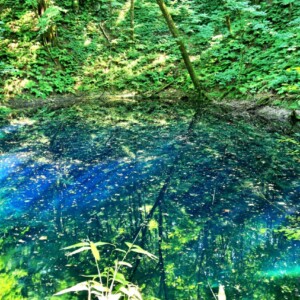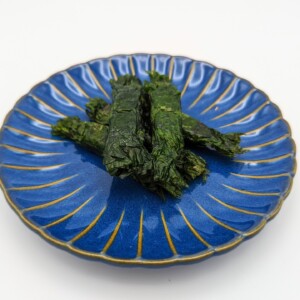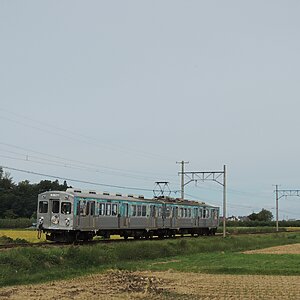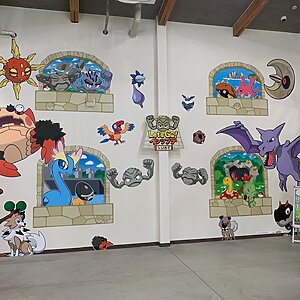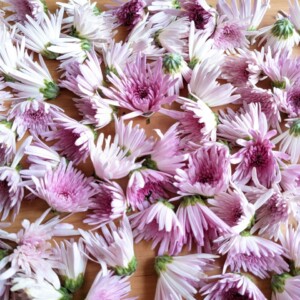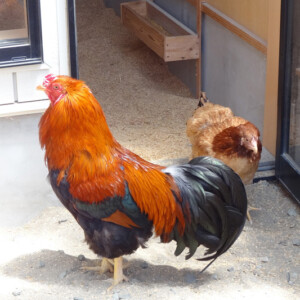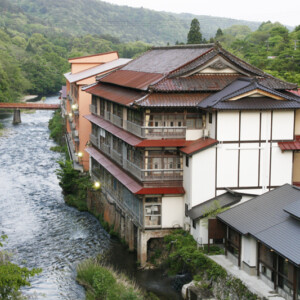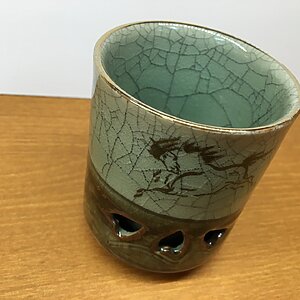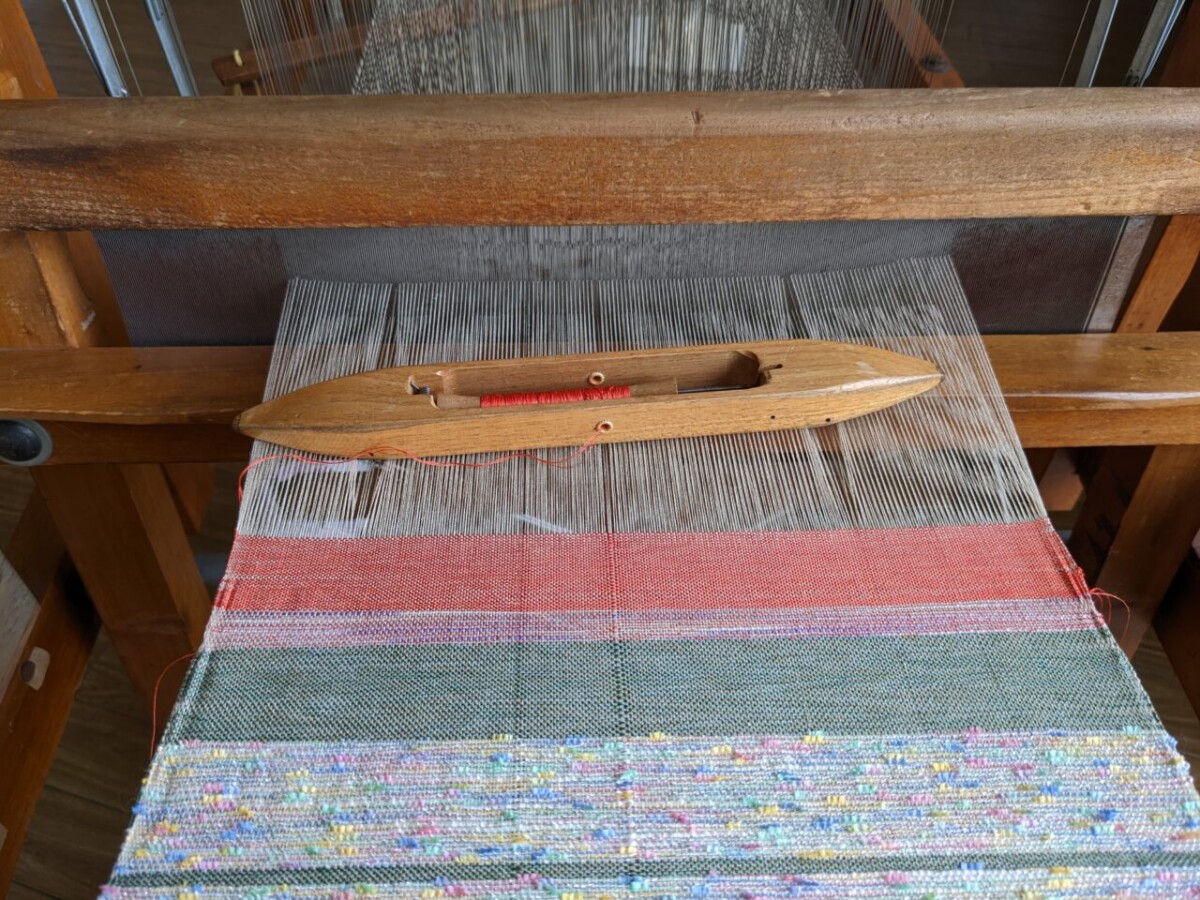
We tried weaving in the Okitama region of Yamagata Prefecture, "The Town of Textiles"!
table of contents
The Okitama region, located in the southern inland part of Yamagata Prefecture, is divided into three cities and five towns: Yonezawa City, Takahata Town, Nanyo City, Shirataka Town, Nagai City, Kawanishi Town, Iide Town, and Oguni Town. Of these, Yonezawa City, Shirataka Town, and Nagai City have been thriving textile-producing areas since ancient times
Starting with the cultivation of blue indigo, silkworm farming also flourished, and the textile culture took root deeply and continues to this day. Later, it was collectively called Okitama Tsumugi and was designated as a traditional craft of the country.
Link: Japan Traditional Culture Promotion Organization website – Okitama Tsumugi
At one point, it was pushed out by synthetic fibers and was on the verge of decline, but thanks to the efforts of weavers, it has been passed down to the present day and remains very popular among kimono enthusiasts
I would like to introduce the spotlight on weaving, which is said to be a traditional craft. I also had the chance to try weaving, so I will also share what that experience was like
What is weaving? I'd like to know more about it!
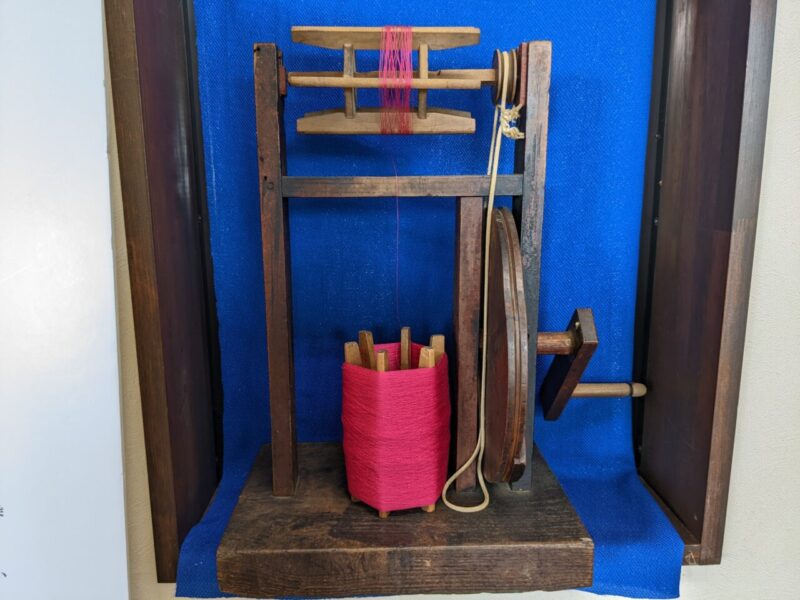
Each region in Japan has developed its own distinctive textiles that suit the region. The Okitama region also has a variety of textiles, but the most famous are still Yonezawa weave, Shirataka tsumugi, and Nagai tsumugi
The characteristics of each will be explained later
Weavers raised silkworms and produced silk cocoons alongside their farming jobs, providing a source of income. There was a time when silk weaving was only permitted for members of the upper classes, such as aristocrats. Common people could only use linen or cotton fabrics
Nowadays, linen has become a luxury item, but perhaps times will change..
It is said that weaving culture has existed since the Jomon period. During the Edo period, silk weaving flourished due to improvements in technology and the rise of sericulture
In the Meiji period, looms became larger, and mechanization led to the industrialization of weaving, which continues to this day. However, as industrialization progressed, the number of weavers decreased
Although there are fewer hand weavers left today are making efforts to keep the tradition alive.
What is handloom weaving?
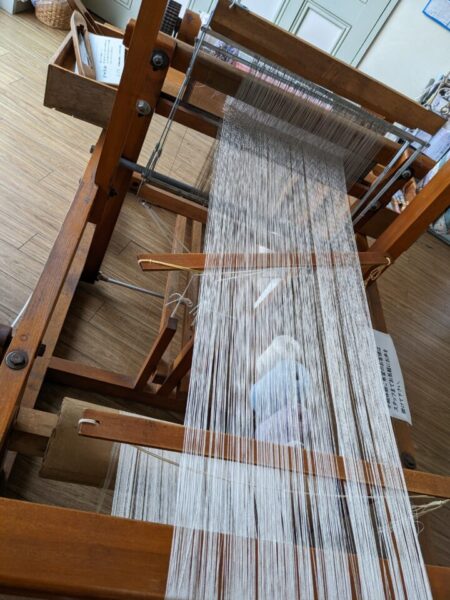
There is a loom called a handloom, where the warp and weft threads are placed on the loom and crossed one by one to weave
The weavers use both hands and feet to weave rhythmically, but in reality, the threads are crossed back and forth many times, and even if they weave, they can only weave a few centimetres, making it a mind-boggling task
I tried weaving!
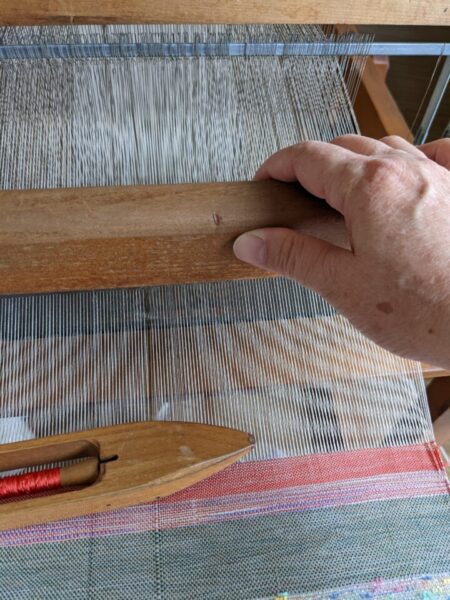
As you can see from the picture, it's difficult to make progress because you have to cross these thin threads as you weave. It took me 30 minutes to fold the red thread! I gave up pretty quickly
What kind of thread is woven?
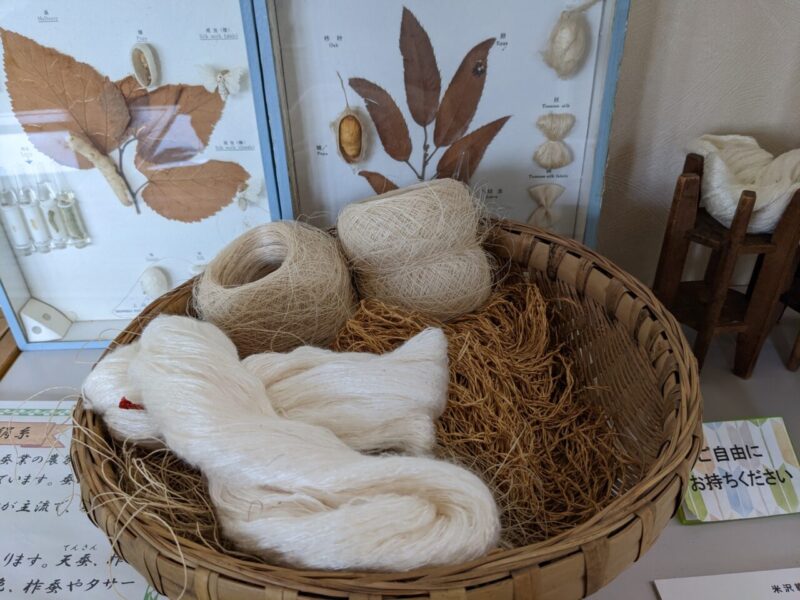
Threads spun from plants such as indigo and silk threads spun from silkworms are put on a loom and woven by artisans
This is raw silk before dyeing. The silk thread in the foreground is already shiny and beautiful
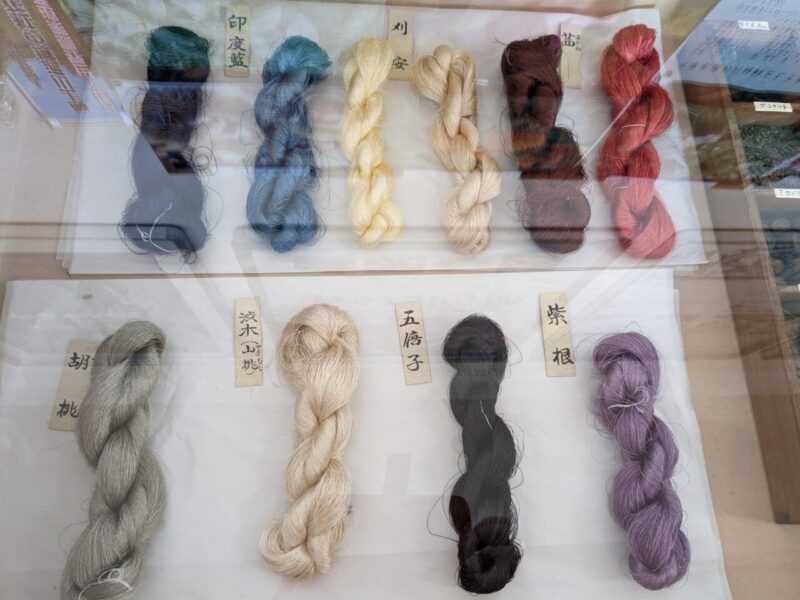
It's hard to see because it's behind a glass case, but there is a beautiful selection of colored threads. All of the dyes are natural dyes made from plant roots and tree bark .
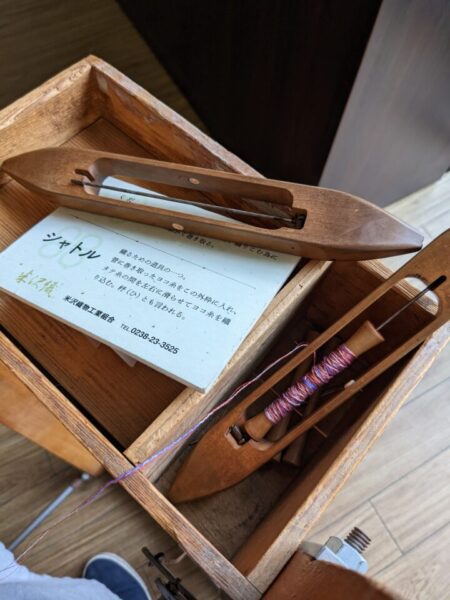
The dyed thread is wound around the "shuttle" shown above to become the weft. This shuttle is then slid between the threads stretched on the loom to weave the fabric
The unique characteristics of textiles from the Okitama region
We have explored the unique characteristics of the three textiles that represent the Okitama region : Yonezawa weave, Shirataka tsumugi, and Nagai tsumugi
Yonezawa weaving
Yonezawa weaving dates back to the late Edo period, when Uesugi Yozan, who entered the Yonezawa domain to restore its finances, recommended sericulture to promote industry and encouraged weaving as a side job, which led to its spread
By inviting weavers from Kyoto and continuing their research and development efforts, they established the "pre-dyed" technique, in which raw silk is dyed with plants such as safflower and purple before being woven, and Yonezawa weaving became known nationwide
This is woven using thread made from a plant called ramie
Shirataka Tsumugi
Shirataka Tsumugi, like Yonezawa textiles, is a yarn-dyed weave. It has a history of 150 years, and in 1880 it inherited the only Itajime Kasuri technique in Japan , and is said to be the northernmost region of Kasuri weaving
Nagai Tsumugi
During the Meiji period, a textile wholesaler in Nagai City invited a weaving instructor from Niigata to teach tsumugi and other fabrics, and the name "Yoneryu Tsumugi" was born, synonymous with Nagai Tsumugi. The name "Yoneryu" was given to Nagai Tsumugi because it was originally the Yonezawa domain and resembled Ryukyu Tsumugi
Recently, animal patterns have become popular and are being actively incorporated
summary
As I watched the rolls of fabric being completed through a mind-boggling process, and the elegant kimonos being tailored by the Japanese dressmakers, I felt a surge of desire to wear them
A weaving experience is a great opportunity to experience Japanese culture. The Yonezawa Yoneori Kaikan offers free weaving experiences at any time, so why not give it a try when you're out and about?



![Nagai, the former Yonezawa domain boat transport town that flourished through the Mogami River [Yamagata Prefecture] 71_Mogami River Bridge (Flower Nagai Line) 2](https://jp.neft.asia/wp-content/uploads/2023/05/1387761f176bfc409893953e0b93371f-150x150.jpg)
![8 wineries in [South Yamagata Prefecture]! The grapes grown in Okitama are made into a mellow wine! barrel](https://jp.neft.asia/wp-content/uploads/2022/08/barrel-150x150.jpg)
![[Yonezawa City, Yamagata Prefecture] The ultimate in luxury where you can enjoy Yonezawa beef with hot springs! 1958232_m](https://jp.neft.asia/wp-content/uploads/2022/01/1958232_m-150x150.jpg)
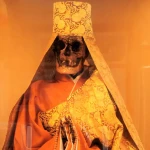
![[Craft beer in Yamagata Prefecture] 7 local beers from the Fruit Kingdom! Cherry and apple beer too! craft beer](https://jp.neft.asia/wp-content/uploads/2022/07/2575878_m-150x150.jpg)
![[Yonezawa City, Yamagata Prefecture] Visit a hot spring connected to the Uesugi family of the Yonezawa Domain 1530_Onogawa Onsen Foot bath](https://jp.neft.asia/wp-content/uploads/2023/05/4ed5d5851f7d92ca3b0ebed3220d6418-150x150.jpg)
![[Yamagata Prefecture during the Boshin War] What were the decisions of the Shonai, Yonezawa, Yamagata, Uenoyama, Tendo, and Shinjo domains? Yamakyo Warehouse](https://jp.neft.asia/wp-content/uploads/2022/06/22678779_m-150x150.jpg)
!["Mogami safflower" certified as a Japanese heritage and Japanese agricultural heritage [Yamagata Prefecture] Mogami safflower](https://jp.neft.asia/wp-content/uploads/2022/12/30121446_m-1-150x150.jpg)
